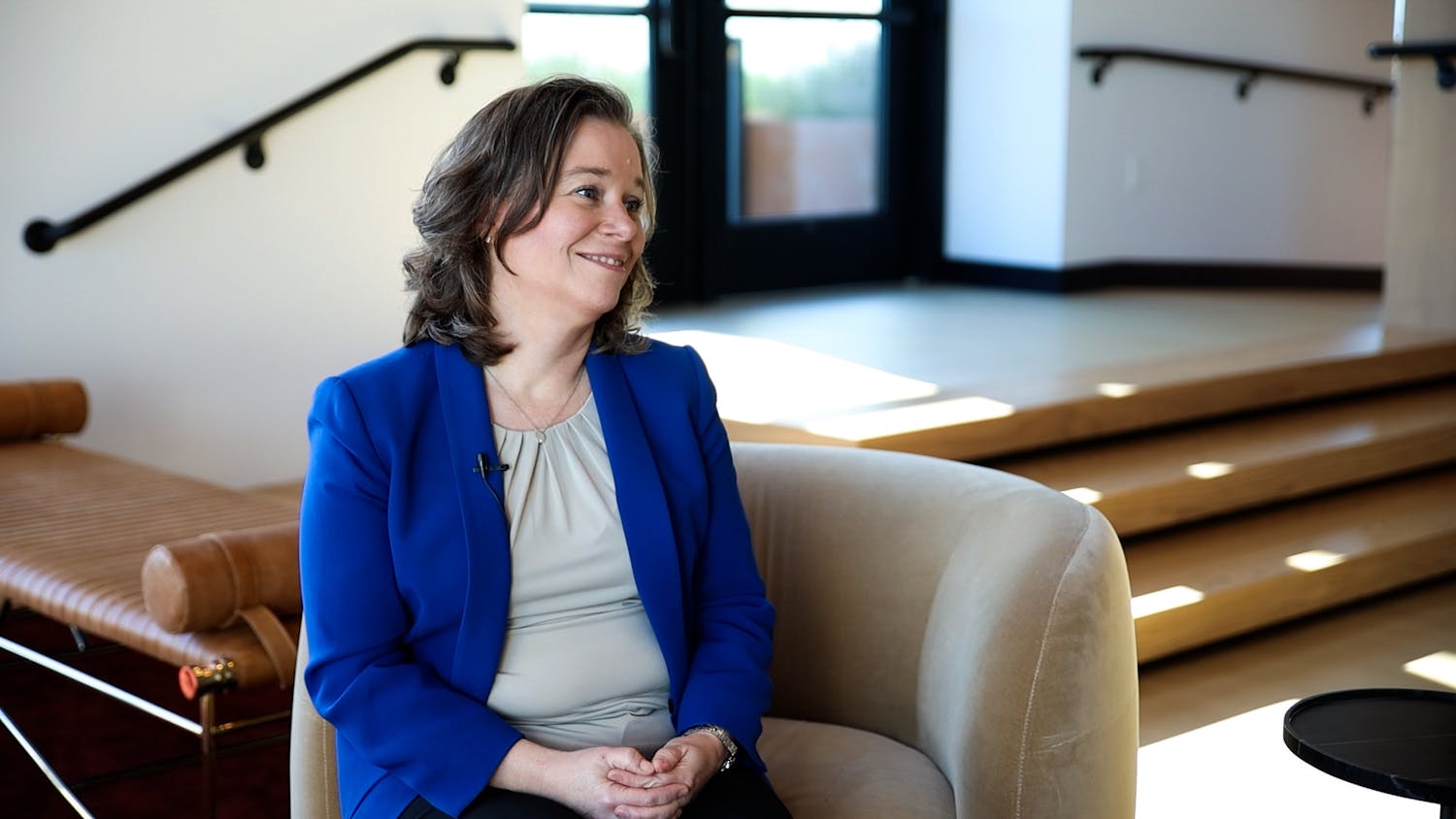A one-ounce shot of foamy green juice may not be as appealing to most students as a shot of dark, tempting Captain Morgan but for some health-conscious students, their daily walk to class includes a stop at Jamba Juice for a shot of wheatgrass.
What is it that provokes students to spend $1.75, sometimes more, for a one-ounce shot of juiced wheatgrass?
UW-Madison sophomore Erin Finn says that she ""heard about the juice from friends and was curious to try it.""
""At first it tastes really sweet,"" Finn said. ""Then it does just taste like grass, but I like it.""
However, it is not necessarily the taste that causes students to take the shots.
Finn added that she takes the shots because of the ""nutrition aspects.""
Leading wheatgrass researcher Ann Wigmore writes in her book, ""The Wheatgrass Book,"" ""wheatgrass nourishes every cell of the body and cleanses them of toxins.""
According to Wigmore's book, the wheatgrass shot has grown in popularity because of its remarkable health potential. The health benefits come from the large amount of chlorophyll present in wheatgrass.
""Green foods have chlorophyll, which is fairly similar to our hemoglobin,"" said Community Pharmacy worker Emily Light. Hemoglobin is important for oxygen transportation through the body. The chlorophyll in grasses ""helps build up blood strength.""
Consuming chlorophyll can increase the healing process within the body, detoxify the blood stream, and strengthen the immune system wrote Wigmore.
Light sees customers using wheatgrass as a form of alternative medicine. The nutrients improve the body's ability to cleanse itself by bolstering the immune system.
Popular among UW-Madison students are the fresh wheatgrass shots available at Jamba Juice on State Street. The wheatgrass is available in one ($1.75) or two ($2.85) ounce shots, or can be added into Jamba's smoothies.
Jamba Juice grows the wheatgrass in flats at the store and then juices the grass to remove its fiber content, increasing the concentration of available vitamins and minerals and making the juice easier to digest.
""Since the four years I've been here, the wheatgrass usage has probably doubled,"" said Phil Eller, a manager at Jamba Juice. ""People have become more health conscious.""
UW-Madison sophomore Kimm VanDen Heuvel also advocates the benefits of wheatgrass.
""Wheatgrass shots make me feel healthier both physically and mentally,"" she said. ""The shots give me a lot of energy.""
The energy provided by wheatgrass shots helps speed up an individual's metabolism. Eating wheatgrass stimulates better circulation in the blood, causing excess nutrients to be consumed by the cells instead of being stored as fat, wrote Wigmore.
Interest in the grass has caused health food stores to begin to sell it as well.
Willy Street Co-op, 1221 Williamson St., sells a 12"" x 18"" flat of growing wheatgrass ($22) for anyone interested in growing the grass and personally juicing it.
Personally growing the grass has both financial and nutritional benefits.
""If you become efficient at growing, you pay about a quarter to 50 cents per ounce, while in the store you pay about a dollar to two,"" said James Ray, an avid fan of growing wheatgrass.
Light added an individual's health can be helped by looking into holistic health approaches. It's about having an open mind about different approaches to health.





